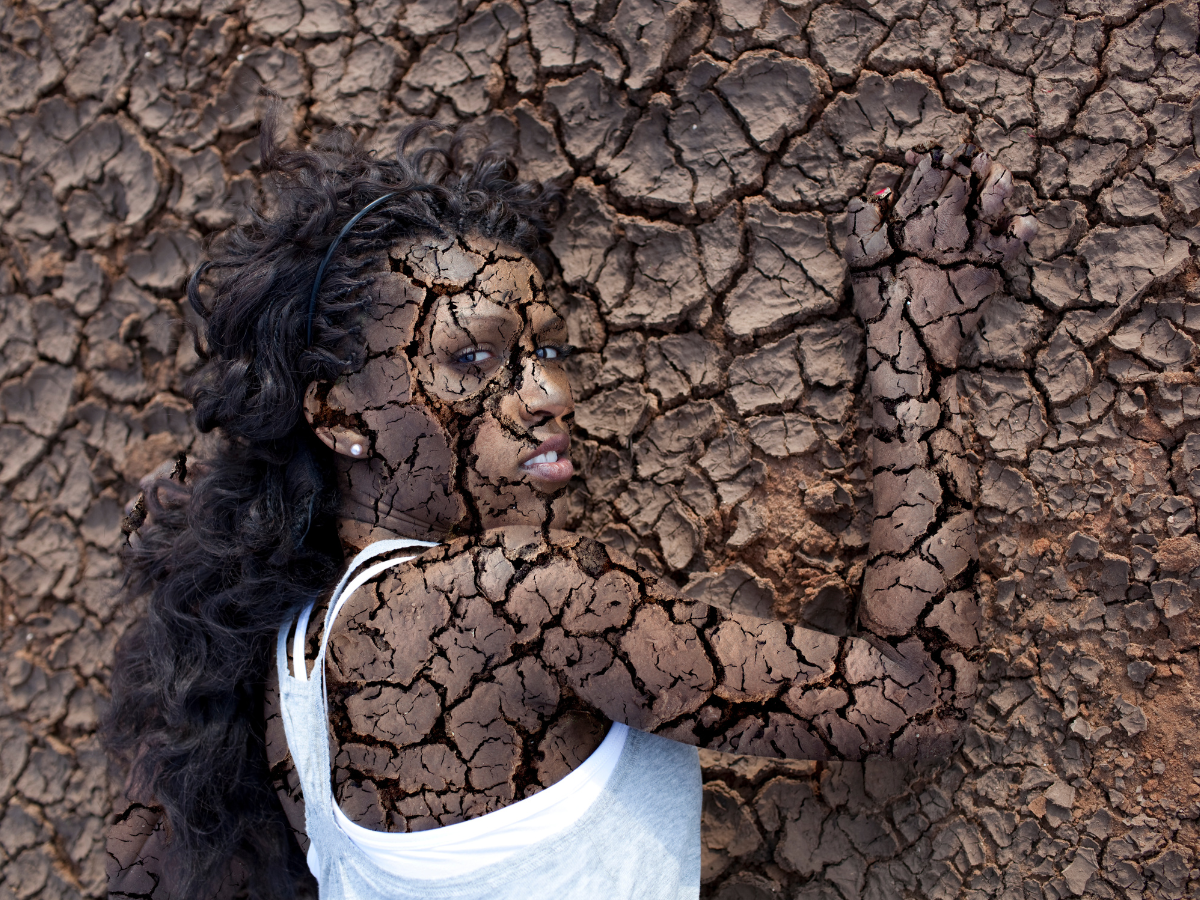The Difference between Dry Skin and Xerosis

Xerosis, or dry skin, is a common condition affecting people of all ages and skin types. While many over-the-counter products claim to treat Xerosis, the best way to manage this condition is to understand the difference between dry skin and Xerosis. This blog post will discuss the causes of Xerosis, the symptoms, and available treatment options. We hope this information will help you better understand your skin and how to care for it.
What is the difference between dry skin and xerosis?
Dry skin is a general term used to describe a lack of moisture in the skin. On the other hand, Xerosis is a specific type of dry skin characterized by rough, scaly patches. Xerosis can be caused by several things, including weather changes, hot showers, certain medications, and underlying medical conditions.
What are the symptoms of dry skin?
Dry skin can cause your skin to feel tight, itchy, and flaky. You may also notice that your skin looks dull and feels rough to the touch. In severe cases, dry skin can lead to cracks or fissures in the skin.
What are the symptoms of xerosis?
Xerosis often manifests as rough, scaly patches on the skin. These patches are usually dry and may be itchy or irritated. In severe cases, Xerosis can lead to cracks or fissures in the skin.
How can you tell if you have dry skin or xerosis?
If you suspect that you have Xerosis, it is best to consult with a dermatologist. They will be able to assess your skin and determine whether you have dry skin or Xerosis.
Which one is more serious?
While both conditions can be uncomfortable, Xerosis is generally not considered to be a severe condition. However, if left untreated, Xerosis can lead to secondary infections.
How can you treat dry skin and xerosis?
There are several ways to treat dry skin and Xerosis. Moisturizers, creams, and ointments can help replenish skin moisture. Suppose an underlying medical condition causes your Xerosis. In that case, your treatment plan will likely address that condition. In some cases, light therapy or exfoliation may also be recommended.
Prevention of dry skin and xerosis
Practicing good skin care habits is the best way to prevent dry skin and Xerosis. This includes using a gentle cleanser, avoiding hot showers, using a humidifier, and protecting your skin from the sun. Drinking plenty of water and eating a healthy diet are also important. Suppose you have an underlying medical condition that causes Xerosis. In that case, following your treatment plan and taking any medications as prescribed is essential.
Complications of xerosis and dry skin
If left untreated, Xerosis can lead to secondary infections. These infections can cause the skin to become red, swollen, and painful. In severe cases, cellulitis or impetigo may develop. If you have any concerns about your dry skin or Xerosis, it is best to consult with a dermatologist. They will be able to assess your skin and determine the best course of treatment.
Conclusion
Dry skin and Xerosis are two different conditions, both of which can be treated with the help of a doctor. Suppose you’re experiencing any symptoms related to dry skin or Xerosis. In that case, we recommend scheduling an appointment with your physician as soon as possible. Thanks for reading!
References
- Mazereeuw J;Bonafé JL. (2022). [Xerosis]. Annales de Dermatologie et de Venereologie, 129(1 Pt 2). https://pubmed.ncbi.nlm.nih.gov/11976541/